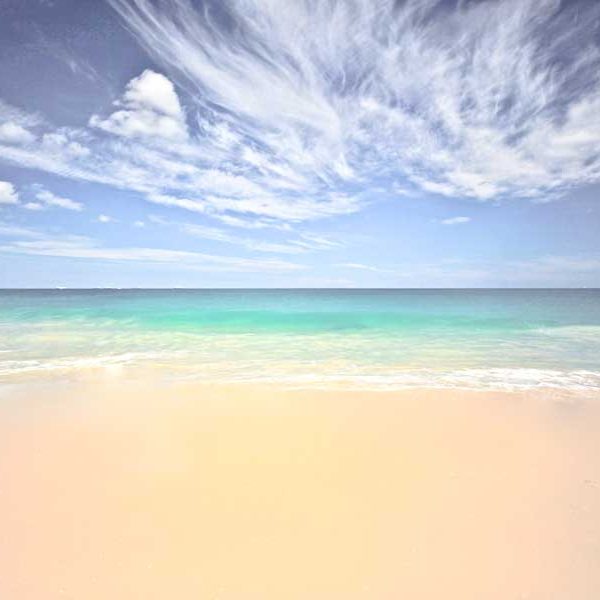USA-Canada share many qualities and historic ties, and comprise the majority of North America. They each have Atlantic and Pacific coasts, vast landscapes, and a long history of immigration.
Each is a nation of immigrants – the USA-Canada were each greatly influenced by the British Empire, and share a British cultural heritage.
North America is believed to be first inhabited by people who crossed the land bridge which joined North America and Asia. Native peoples, from the Inuit tribe of Canada’s Northwest to the Navaho nation of America’s Southwest, have inhabited the land for over 28,000 years. Brief Viking expeditions in the 11th century were not successful.
However, the French and British settlers arrived in the 16th century and colonized much of the Northeast and then moved west. The USA- Canada share a British cultural heritage. Each is a nation of immigrants. While the U.S. gained independence in 1776, Canada did not become an independent nation until 1931.
Canada is located just north of the United States, sharing a 5,525 mile border and each having extensive coasts along the Pacific and Atlantic Oceans. There was a brief dispute over the land that is now Alaska, the U.S.’s 49th state, established in 1903. In the mid-west, the USA-Canada each have access to the Great Lakes. The two countries established an International Boundary in 1909, amidst difficult trade relations.
The USA-Canada had complicated relations throughout the 1920s and 30s, while Canada strengthened ties to the British Empire. There was a shift during the Second World War, when Canadians and Americans worked closely together, and they remained close allies throughout the Cold War. While relations have improved, some bitterness remains, and anti-Americanism in Canada continues, fueled by historic tensions, politics and immigration. The U.S. remains Canada’s largest market and the two retain close political ties.
The U.S. is nearly 10 times as populated as Canada. Canada is the second largest country in the world by area. However, most of its population lives within 100 miles of the U.S. border. The U.S. is divided into 50 states and several geographical regions. Canada has ten provinces, which were primarily British except for Quebec, originally a French colony.
North America has some of the best parks and wilderness in the world. The vast landscapes and unspoiled nature reserves are truly spectacular. Canada has made strong efforts to protect its lands and wildlife and has 41 national parks, and over 10 percent of land and water areas protected.
They are home to bears, wolves, beavers, deer, mountain lions, and fish. Canada has been a major exporter of furs, salmon and trout. The U.S. is also historically home to great wildlife like bison, bears, deer, and mountain lions, though there are a wide regional variety of landscapes, flora and fauna. There are 59 national parks in the U.S. with about 14 percent of the total land area protected.
While they share a similar cultural heritage and history of immigration, Canada and the U.S. have many differences. While economically and politically linked, they are distinct in their GDPs and global presence.
Additionally, Canada’s government is still linked with Britain and Queen Elizabeth II is the head of state. Each country is highly developed, with world class cities and resources. The huge vibrant cities, incredible parks, and lively cultures and events offer adventure and discovery in North America.
 TravellerHints!
TravellerHints! 










